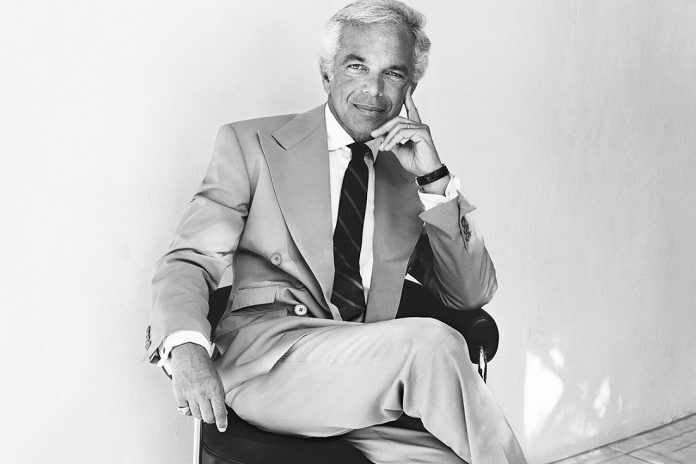I
n a man’s wardrobe, there are few things that are as ubiquitous—and yet confounding—as the polo shirt. In a perfectly curated wardrobe, all of the pieces (well, almost all) should make sense together and be interchangeable. The prominent polo shirt always in the must have list has an untold history from Lacoste to Brook Brothers to Ralph Lauren.
At the end of the 19th century, John E Brooks, grandson of the founder of Brooks Brothers firm in the US, came to England for a polo match. While watching a polo game he noticed something peculiar about the players collars; they were buttoned down so as to prevent them from flapping in the wind. Impressed, John took the idea back to the Brooks Brothers where they applied button-down collars to dress shirts. This shirt was introduced in 1896 and became the iconic Button-Down formal shirt, changing the face of menswear forever. The shirt is said to be ‘the most imitated item in fashion history’ and the Brooks Brothers still call their shirts the original polo-shirt, henceforth creating a benchmark for the polo shirts.
The Crocodile was the most talked about in the 19th and the 20th century, when René Lacoste decided to to make congenial sports shirts for the tennis players. The cumbersome long sleeved tight fitted white shirt worn by the players restricted their hand movement giving them limitations while playing the sports. He designed a white, short-sleeved, loosely-knit piqué cotton shirt with an unstarched, flat, protruding collar, a buttoned placket and a shirt-tail longer at the back than in front which he first wore at the 1926 U.S. Open championship .
This shirt was not only famous for the tennis players but the polo players were also keen for wearing such stuff as it oozed comfort. René Lacoste with André Gillier conceived the idea of a polo shirt. In 1933, they launched the Lacoste polo shirt, a revolutionary piece of design which was made of breathable fabric and featured the crocodile logo.
Over the years many designers handcrafted the polo shirt in their own style creating a niche audience for themselves. In 1920, Lewis Lacey, a Canadian born of English parents in Montreal, haberdasher and polo player, began producing a shirt that was embroidered with the logo of a polo player, a design originated at the Hurlingham Polo Club near Buenos Aires. Amidst them the one that was considered the most iconic style of the century was by the famous designer Ralph Lauren. Embedding a polo logo on shirt, the symbol is a prime example of an expressive logo that evokes feelings of pride, elitism and the spirit to enjoy the lifestyle-oriented.
Ralph Lauren the brand being a fashion mogul is so much more than a simple collared Polo. Though simple but stylish it is an élite attire, known for capitalizing on an aspirational style and key insignia which evokes the British gentry while also referencing the aesthetics of the American upper class, his fashion ideas have been criticized by some for not being particularly innovative while also embraced by scores of consumers who prefer more approachable looks.
In the working world, the polo shirt also known as ‘the polo’ could be found just about everywhere: as standard business casual attire for tech and other office jobs, in the uniforms of students, as well as hospitality and retail workers. This unassuming, office-apropos garment continues to be worn by many, and is unlikely to go out of style any time soon.




